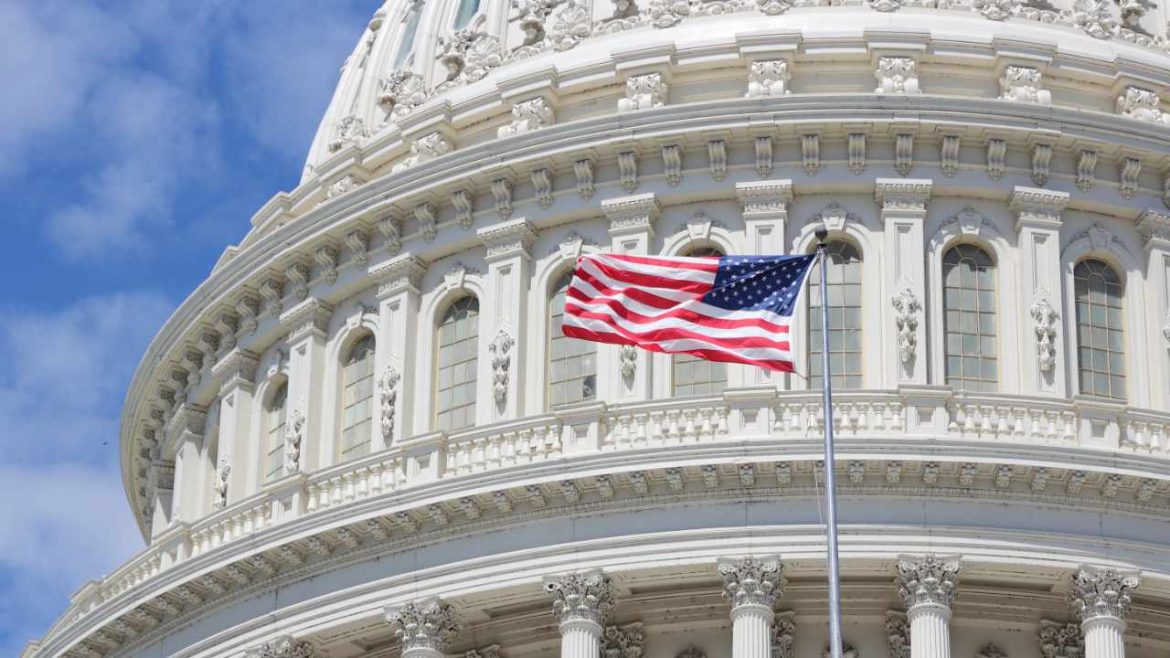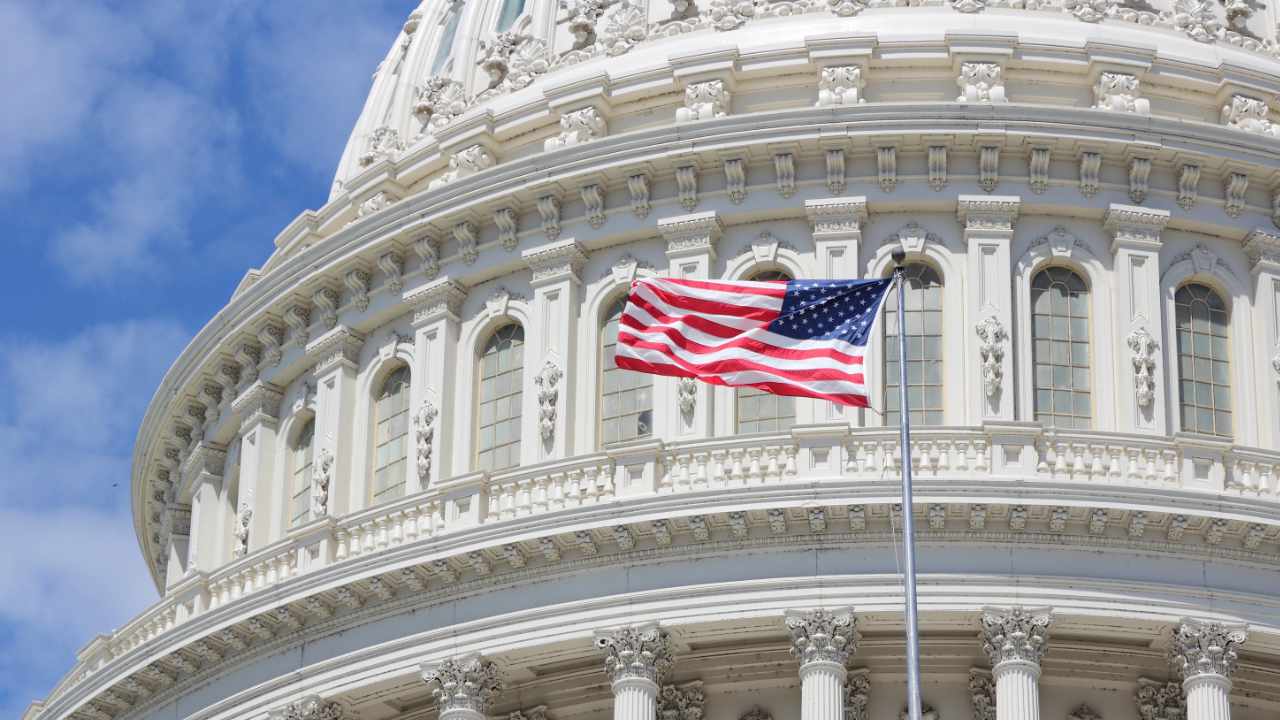The GENIUS Act and the Future of US Crypto Regulation
The cryptocurrency landscape in the United States is undergoing a seismic shift, with legislative activity poised to redefine how digital assets are regulated. At the heart of this transformation is the GENIUS Act, a landmark bill that has recently cleared the Senate and is now awaiting presidential approval. This report explores the intricacies of the GENIUS Act, examines other pivotal legislative efforts, and analyzes the potential impact these changes will have on the crypto market.
The GENIUS Act: A Comprehensive Overview
The GENIUS Act, officially passed by the Senate with a vote of 68-30, marks a significant milestone in establishing a comprehensive regulatory framework for cryptocurrencies, particularly stablecoins. The bill, which underwent rigorous negotiations and a failed initial attempt before reaching the Senate floor, represents a critical turning point for the digital asset space.
Key Provisions of the GENIUS Act
While the full text of the GENIUS Act requires further scrutiny for complete accuracy, available information highlights these key provisions:
- Stablecoin Regulation: The Act primarily focuses on regulating stablecoins, digital assets pegged to a stable reserve asset like the US dollar. This regulation aims to provide clarity and consumer protection in a sector that has experienced significant growth and scrutiny.
- Regulatory Framework: The GENIUS Act establishes a regulatory framework for stablecoin issuers, likely encompassing requirements for reserves, audits, and disclosures. This framework seeks to ensure that stablecoins are backed by sufficient assets and operate transparently.
- Consumer Protection: A core objective of the Act is to protect consumers by mitigating risks associated with stablecoins. This might involve measures to prevent fraud, ensure redeemability, and address potential systemic risks.
- Federal Oversight: The GENIUS Act likely designates a federal regulatory body, possibly the Federal Reserve or the Treasury Department, to oversee stablecoin issuers and enforce the new regulations.
Implications of the GENIUS Act
The passage of the GENIUS Act has several potential implications for the crypto market:
- Increased Legitimacy: By establishing a clear regulatory framework, the GENIUS Act lends legitimacy to the crypto industry, potentially attracting more institutional investors and mainstream adoption.
- Market Stability: Regulating stablecoins can enhance market stability by reducing the risk of collapses or runs on these assets, which can have broader repercussions for the crypto ecosystem.
- Innovation and Competition: While regulation can sometimes stifle innovation, the GENIUS Act aims to strike a balance between protecting consumers and fostering innovation in the stablecoin sector. Clear rules can provide a level playing field and encourage responsible development.
- Global Impact: As the US sets a precedent for stablecoin regulation, other countries may follow suit, leading to greater harmonization of crypto regulations worldwide.
The Broader Legislative Landscape: Beyond the GENIUS Act
While the GENIUS Act marks a significant milestone, it is just one piece of a larger puzzle. Several other legislative initiatives are underway in both the House and the Senate, each aiming to address different aspects of the crypto market.
The CLARITY Act and Market Structure Overhaul
The CLARITY Act, passed by the House, focuses on overhauling the broader crypto market structure. It seeks to provide clear definitions for digital assets, delineate the regulatory authority of the Securities and Exchange Commission (SEC) and the Commodity Futures Trading Commission (CFTC), and establish rules for market participants. This Act is intended to create a more comprehensive regulatory framework for the entire crypto ecosystem, addressing issues beyond just stablecoins.
Key Aspects of the CLARITY Act
- Definition of Digital Assets: The Act aims to provide clear definitions for different types of digital assets, distinguishing between securities and commodities. This clarity is crucial for determining which regulatory agency has jurisdiction over specific assets.
- SEC and CFTC Authority: The CLARITY Act seeks to delineate the regulatory authority of the SEC and the CFTC, preventing overlap and confusion. It is likely to grant the CFTC more authority over certain digital assets, particularly those that resemble commodities.
- Market Participant Regulation: The Act establishes rules for crypto exchanges, custodians, and other market participants, requiring them to register with regulatory agencies and comply with certain standards.
- Innovation-Friendly Regulation: The CLARITY Act aims to foster innovation by providing a clear regulatory pathway for new digital assets and technologies.
Other Senate Initiatives
In addition to the GENIUS Act and the CLARITY Act, several other bills are under consideration in the Senate. These bills cover a range of topics, including:
- Taxation of Digital Assets: Legislation is being proposed to clarify the taxation of staking and other crypto activities, providing guidance for individuals and businesses on how to report their crypto earnings.
- Consumer Protection: Bills are being introduced to protect consumers from fraud and scams in the crypto market, enhancing enforcement mechanisms and providing educational resources.
- National Security: Legislation is being considered to address the use of crypto for illicit activities, such as money laundering and terrorist financing.
The Interplay of Different Bills
It is important to note that these different bills are not mutually exclusive. They are likely to be debated, amended, and potentially combined into a comprehensive regulatory package. The final outcome of this legislative process will shape the future of the crypto market in the United States.
Potential Challenges and Considerations
While the recent legislative activity is a positive step towards establishing a clear regulatory framework for crypto, several challenges and considerations remain:
- Balancing Innovation and Regulation: Striking the right balance between protecting consumers and fostering innovation is crucial. Overly strict regulations could stifle innovation and drive crypto activity offshore.
- Interagency Coordination: Ensuring effective coordination between different regulatory agencies, such as the SEC, CFTC, and Treasury Department, is essential for a cohesive regulatory approach.
- Technological Adaptability: The crypto market is constantly evolving, and regulations need to be adaptable to new technologies and business models.
- Global Harmonization: Coordinating crypto regulations with other countries is important to prevent regulatory arbitrage and ensure a level playing field.
Conclusion: A New Era for Crypto Regulation
The passage of the GENIUS Act and the ongoing legislative efforts in the House and Senate signal a new era for crypto regulation in the United States. While challenges remain, the momentum towards establishing a clear and comprehensive regulatory framework is undeniable. These changes have the potential to legitimize the crypto industry, enhance market stability, protect consumers, and foster innovation. As the legislative process continues, it is crucial for policymakers to engage with industry stakeholders, listen to diverse perspectives, and craft regulations that are both effective and adaptable. The future of crypto in the US depends on it.





